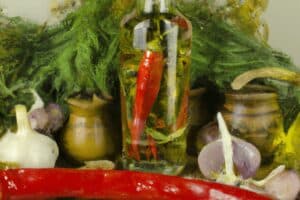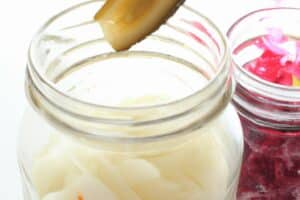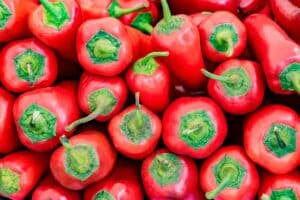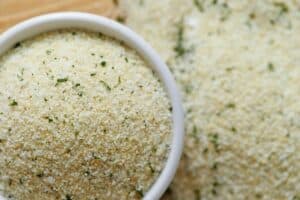If you are looking for a substitute for cardamom pods or a replacement for ground cardamom, then you’ve come to the right place. Cinnamon, allspice, and cumin are just a few possible replacements for cardamom.
But to know what will work well as a cardamom replacement, we must first look at what cardamom is.
What is Cardamom Made Of?
Cardamom is an Indian spice derived from the seeds of several plants in the Zingiberaceae family. Per 2 grams it contains 0.1g of fat, 0.4mg of sodium, 22.4mg of potassium, 1.4g of carbohydrates, and 1.4g of fiber. It also has trace amounts of iron and magnesium.
Cardamom adds a herbal warmth to dishes. The flavor is somewhere between eucalyptus, mint, and pepper but is sweeter than cumin and less citrusy than fennel. You can find cardamom in everything from noodle dishes to chicken, chai lattes, and fruit salads.
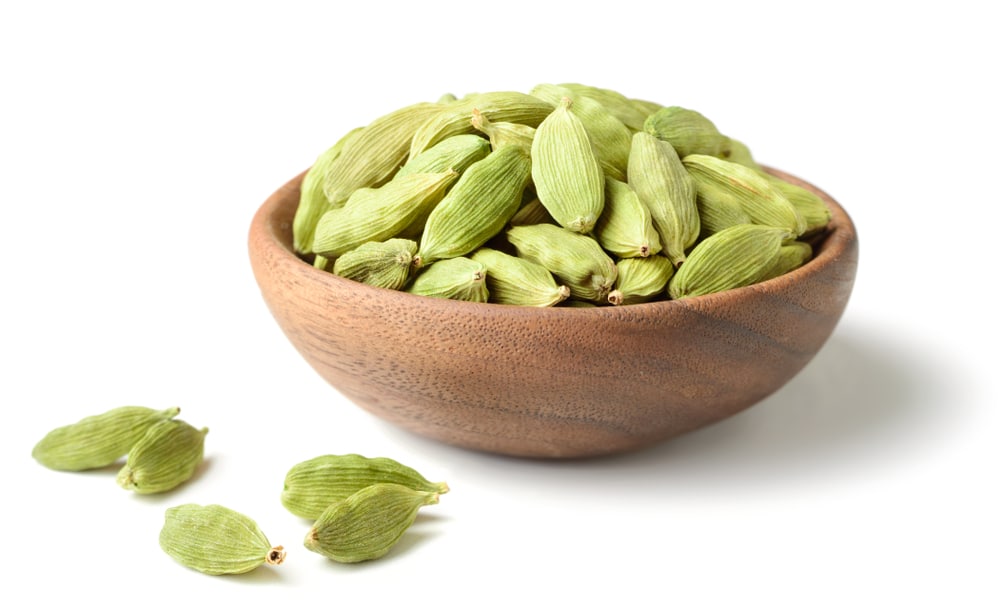
Whether you aren’t a fan of the flavor, don’t have any on hand, or just want to try something new, here are five cardamom substitutes that are sure to blow you away.
You might also be interested in: cardamom seeds vs pods comparison
Top 5 Cardamom Replacements
The key things to look for in a good cardamom replacement are as follows: texture, flavor, and versatility.
Firstly, the texture should be similar to cardamom. While you may find extracts that have a similar taste, you may not be able to substitute liquids into the dish.
Similarly, it’s only a good substitute if the flavor is comparable. It doesn’t need to be exact, and in some cases, different is better, but it can’t be the polar opposite.
Finally, the substitute must be versatile. It needs to do what cardamom does. It needs to cook similarly, have a similar potency, and work in the same types of dishes as cardamom does.
With all this in mind, let’s take a look at the five best cardamom replacements.
1. Allspice
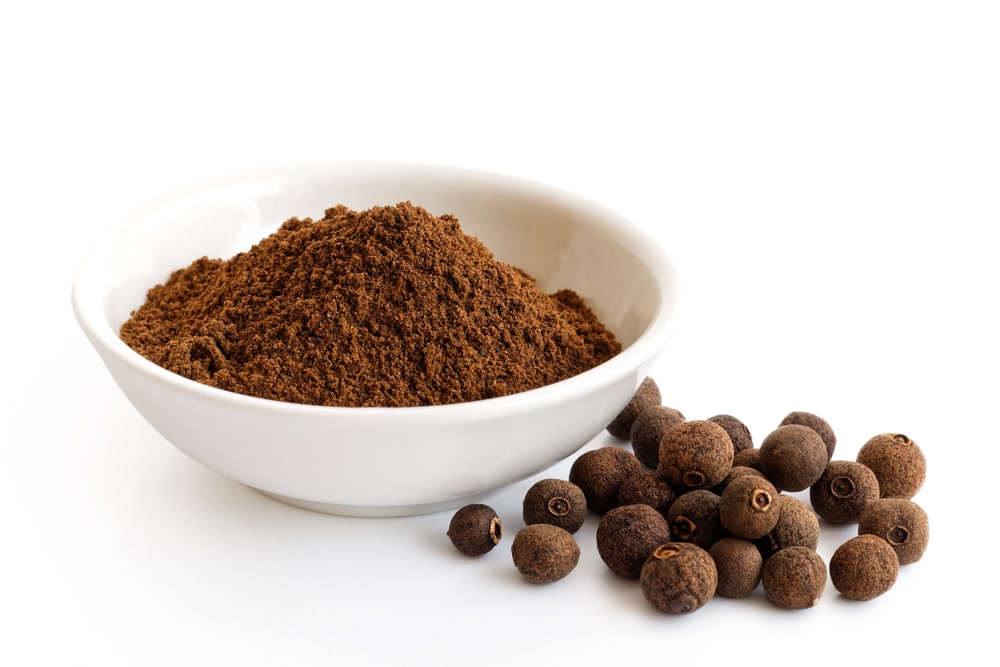
A popular spice in Caribbean, Middle Eastern, and Latin American dishes, allspice is sometimes called Jamaica pepper, myrtle pepper, pimento, or pimento. It comes from the unripened, dried berries of the Pimenta dioica plant.
It is similar to cardamom, cloves, cinnamon, nutmeg, and pepper in flavor but has more of a bitter, fruity taste overall.
In 2g of allspice, there is 0.2g of fat, 1.5mg of sodium, 19.8mg of potassium, 1.4g of carbohydrates, and trace amounts of calcium and vitamin C.
Allspice is a very accessible spice. It has a complex flavor and works in both sweet and savory dishes. It is easy to find at the store and very cheap. Freshly ground allspice is comparable to cardamom in many ways, but it also has notes of other spices like cinnamon and nutmeg.
You’ve probably had it in some Christmas desserts, but it takes on a whole new life in savory foods. Use less allspice than you would cardamom as it is much more potent. Half a teaspoon or less is ideal. Use it in the same ratio as allspice; half a teaspoon or less.
Allspice is an excellent replacement for cardamom if you are looking for something similar in flavor, complexity, and usage.
2. Cinnamon

Cinnamon is the closest replacement for cardamom in the flavor department. It is rich and earthy and offers the same herbal warmth. It also works in many of the same dishes.
Cinnamon is derived from the inner layer of bark of a variety of trees in the Cinnamomum genus. Dried cinnamon sticks are curled pieces of bark. As a powder, cinnamon is quite similar to cardamom.
Nutritionally, cinnamon offers 0.3mg of sodium per 2g, 11.2mg of potassium, 2.1g of carbohydrates, 1.4g of fiber, 0.1g of sugar, and traces of iron and calcium. It also helps to reduce blood pressure and has many other health benefits.
Cinnamon is extremely aromatic, more so than cardamom, and should be used sparingly as a substitute. Use it in the same ratio as allspice; half a teaspoon or less.
The powder form is easiest to work with and blends into dishes better, but you can use whole or diced sticks in dishes like stews, curries, and soups.
One of the best qualities of cinnamon is that it boasts a rich and complex flavor that pairs well with many dishes and many other spices. If you mix cinnamon with any of the other spices on this list, you can create a result that is very close to cardamom.
Cinnamon may be easier to find at your local store than cardamom and may even cost less. It’s an easy fix if you’ve run out of cardamom or want to mix up the flavors.
3. Coriander
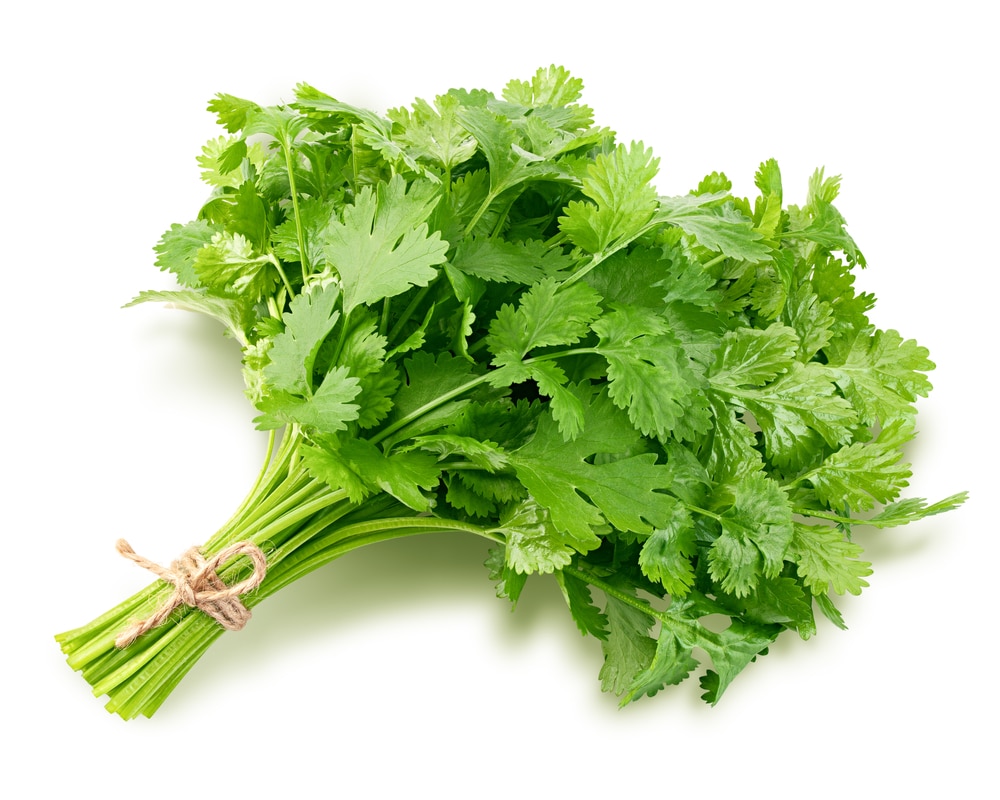
Coriander, Chinese parsley, or dhania is a herb in the Apiaceae family. While you may be familiar with cilantro, the herb derived from the leaves, coriander comes from the plants’ seeds.
Unlike other spices, coriander doesn’t offer that many nutritional benefits. Per 2g it contains 0.4g of fat, 0.8mg of sodium, 0.4g of carbohydrates, 0.8g of fiber, and 0.4g of protein. It has traces of iron, too.
The flavor of coriander seeds is similar to that of cardamom, but more subtle and slightly less complex. Since it is less potent than cardamom you will need a bit more. A third again as much should suffice.
Coriander is more citrusy than cardamom and has an overall nuttier taste. You can use coriander in its raw seed form or as a powder. The powder has a more similar texture to cardamom and works better in most dishes. To get the freshest and most flavourful coriander powder, purchase dried coriander seeds and then roast and grind them yourself.
While coriander isn’t as rich in nutrients as other herbs and spices, it does help you to maintain blood glucose levels and can aid the digestive process. It has also been linked to helping to prevent arthritis, anemia, skin ailments, and abdominal pain.
While you have trouble getting fresh coriander seeds at your local supermarket, most stores carry coriander powder. You can use it on its own, or try mixing it with other spices like cinnamon to get the closest flavor to cardamom.
4. Cumin
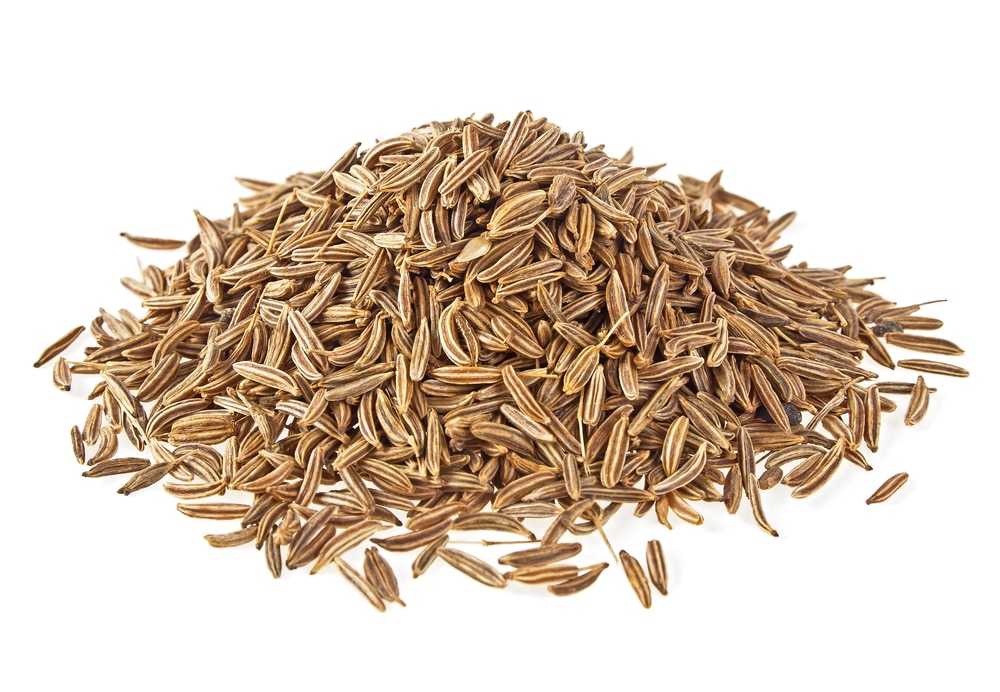
Like coriander, cumin is a plant in the Apiaceae family. The spice is derived from its seeds and can be used in whole or ground form. Cumin is a popular spice in the Iranian-Turanian region and is a vital part of many local dishes.
For every 2g of cumin, there is 0.5g of fat, 3.5mg of sodium, 37.5mg of potassium, 0.9g of carbohydrates, 0.2g of fiber, and 0.4g of protein. It is also quite high in iron and contains magnesium and calcium as well.
Cumin has a very similar flavor profile to coriander, with the same subtle, nutty, spicy taste but is less herbaceous. Like coriander, use a third more cumin than you would cardamom.
Cumin is primarily used in savory dishes and is a large part of Indian and Mexican cooking. In addition, cumin helps with bowel movements and can prevent diarrhea, lowers cholesterol and blood sugar levels, and is chock-full of antioxidants. It has even been linked to preventing cancer.
You can buy cumin at any shop, though usually in powder form. It makes for the best cardamom substitute when it’s mixed with another spice like cinnamon.
5. Nutmeg

Nutmeg is a fascinating spice on its own but also makes for a surprisingly good cardamom replacement. Nutmeg can come from several species in the Myristica genus, most commonly the myristica fragrans tree. This tree produces both nutmeg and mace.
Nutmeg, as the name implies, comes from the nut of the tree, while mace comes from the nut covering. You will most often find pre-ground nutmeg at the store.
However, whole-nut nutmeg is not difficult to acquire. If you choose to use whole-nut nutmeg, you only need to grate it into the dish.
For every 2g of nutmeg, you will get 0.8g of fat, 0.4mg of sodium, 7.7mg of potassium, 1.1g of carbohydrates, 0.5g of fiber, 0.6g of sugar, and 0.1g of protein. It has traces of magnesium, too.
While this list might not sound that impressive, nutmeg can also help with digestion, relieve pain, help your skin, reduce insomnia, improve blood flow, remove toxins, and reduce the risk of cancer.
Nutmeg and cinnamon are one of the best cardamom replacements, but they’re equally delicious on their own. It is a sweeter spice than cumin or coriander but not as overpowering as cinnamon. You can use it in the same ratio as cardamom.
Nutmeg is a part of savory and sweet dishes. Most famously, you might recognize it as a part of Christmas baked goods, a hot chocolate additive, or the accent spice in alfredo sauce. Grind or grate the nutmeg yourself for the freshest taste.
As an additional fun fact, did you know that nutmeg is one of the easiest substances to overdose on? The reason for this is that to get the hallucinogenic effects it possesses, you have to consume the equivalent of two or more tablespoons (about 15g).
The major downside to this is that a high from nutmeg comes with a host of issues like nausea, dizziness, and a multi-day hangover, not to mention the effects can last anywhere from 24 hours to several months. Obviously, it is not advisable to try this.
Conclusion
Cinnamon and nutmeg is one of the closest combinations you’ll find if you’re looking for an exact replica, but any of these five spices is a suitable substitute.
Try one or more of them the next time a recipe calls for cardamom, and you might be pleasantly surprised at what you find.


